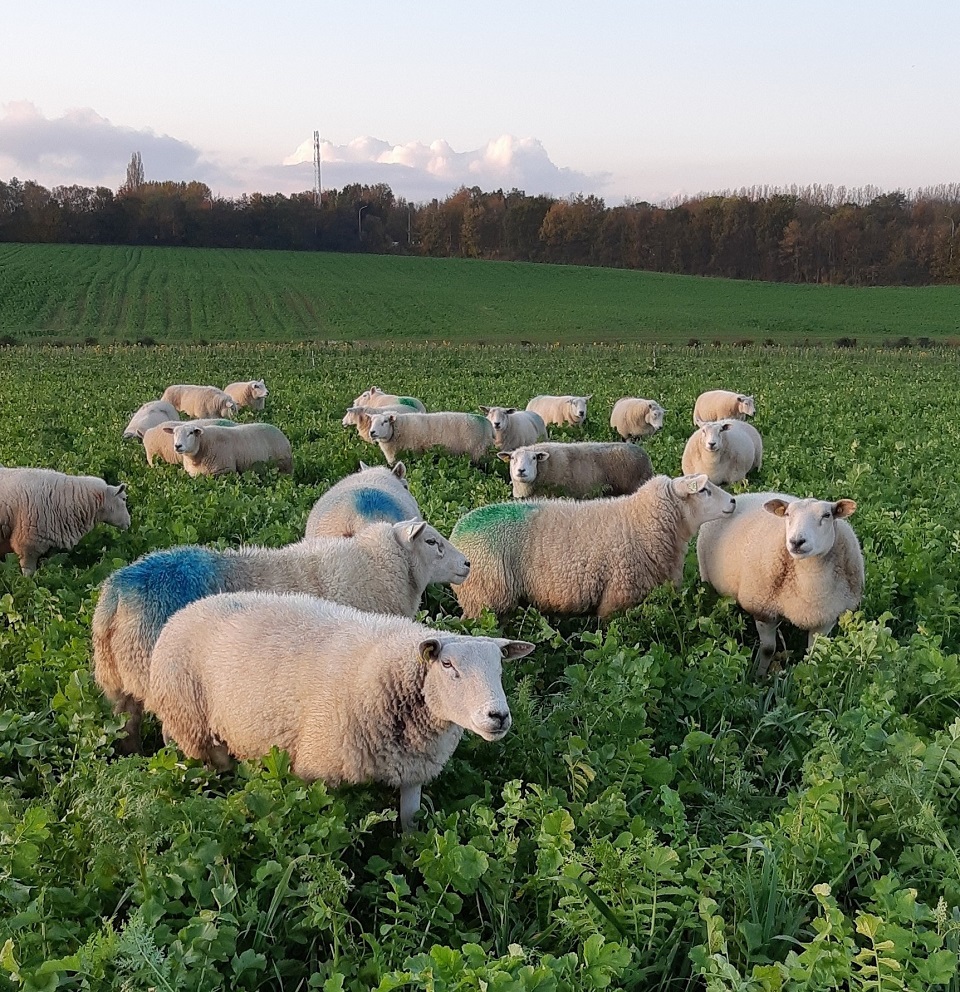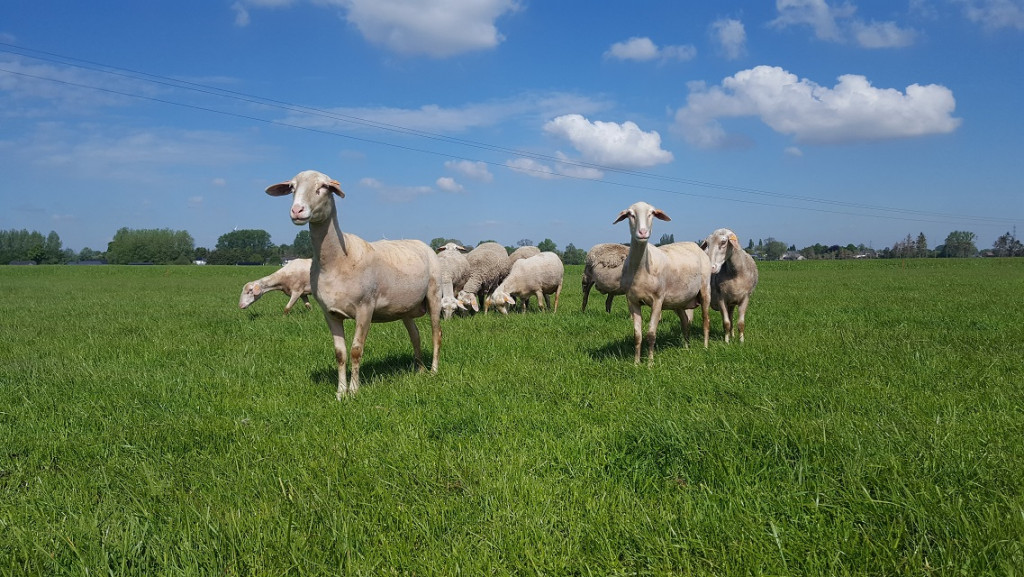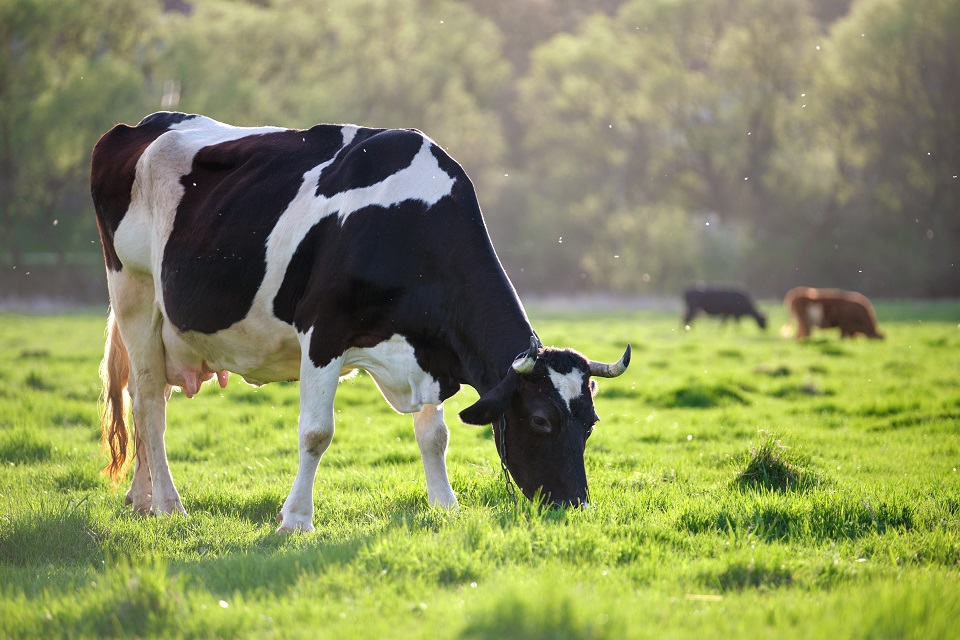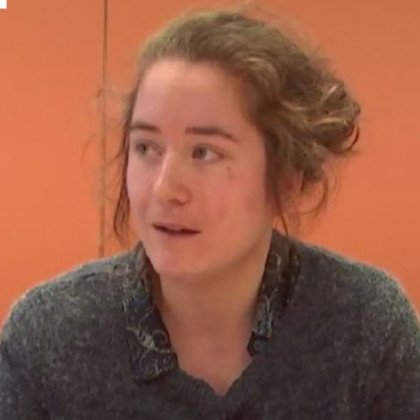To meet this objective, trials were carried out on 11 sites. Each site was subjected to three treatments, each repeated three times, and compared. The treatments involved three methods of grazing intercrop covers (ungrazed, partial grazing, and total grazing). The sites were monitored by identifying the risks of Nitrogen leaching and the impact of grazing on the destruction of cover, weed and parasite pressures and the development of the subsequent crop.
The two years of trialling confirmed that the grazing of intercrops by sheep causes no significant increase in the risk of deterioration in the quality of water resources. Just after grazing, it is found to have resulted in a slight increase in the mineral-based Nitrogen in the soil (+11 kg N/ha). Although grazing accelerates conversion of the Nitrogen in the cover into the mineral-based Nitrogen found in soil, the risk of this Nitrogen leaching into groundwater was no greater for the grazed plots than for the ungrazed plots under the conditions occurring in the winters of 2019-2020 and 2020-2021. However, a more detailed monitoring under climatic conditions that differ from these two winters would be required to support this analysis.
Consequently, the risk of leaching is more closely linked to the agricultural practices (bare soil for long periods, fertilisation before the planting of intercropping) than to the practice of grazing itself.
The yields of the crops studied (sugar beet, endives, peas, beans, maize, and potatoes) were not affected by the grazing.
In addition to this, it has been found that, depending on the bioclimatic conditions, intercrop cover may provide a biomass concentration that can be advantageous for sheep, with considerable nutritional quality.
Bringing sheep back to cropping systems therefore provides an opportunity for farmers to develop a rapidly expanding livestock industry combined with the benefits of mechanical destruction of winter cover, without increasing the risk to the water resource or compromising the performance of the next crop.
Funding: Project subsidised by the SPGE (call for projects 2018-2019 for the protection of water resources)










